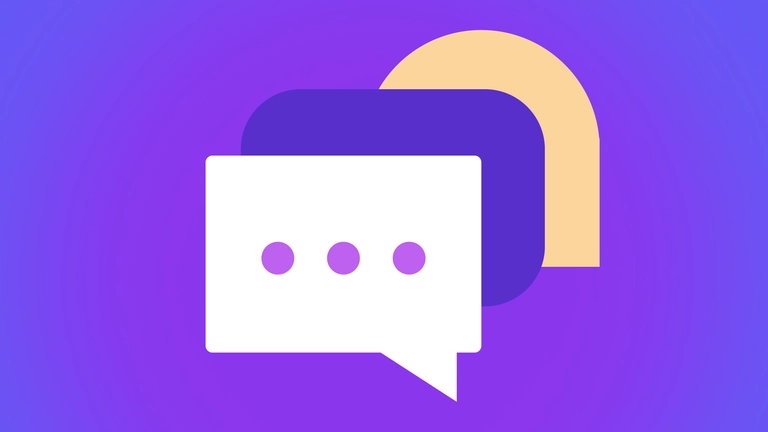
What is conversational marketing: the beginner's guide
What conversational marketing is, its types, strategies, tips, and more to help you capitalize on inbound customers.
If you’re looking to better capitalize on inbound customers, conversational marketing is for you. This is a relatively new marketing approach. But more and more businesses realize that the benefits of conversational marketing include reducing costs, increasing sales, improving sales process, and boosting customer loyalty.
Keep reading to find out what conversational marketing is, its different types, strategies, tips, and more.
What is conversational marketing?
Conversational marketing is done through dialogue, where you communicate with the customer in real-time. It generally consists of a live chat or a chatbot on messaging apps. It is especially popular for business-to-business (B2B) transactions, where trust can be built faster, and customers can seamlessly move through the sales funnel.
Of course, conversational marketing is also a great way to keep a customer engaged. According to the Nielsen Group, you only have about 10 seconds to catch a website visitor’s attention. But by giving the visitor the opportunity for a real conversation, they’re more likely to stick around and become customers.
Types of conversational marketing
Now that your interest is peaked, you’re probably wondering what conversational marketing looks like. Here’re a few ways you can take advantage of this marketing channel:
Chatbots
This is usually the first thing people think about. And for a good reason. Conversational marketing chatbots are popular, they work, and they require a low investment timewise. This includes website chatbots, social media chatbots, and Facebook Messenger chatbots in particular.
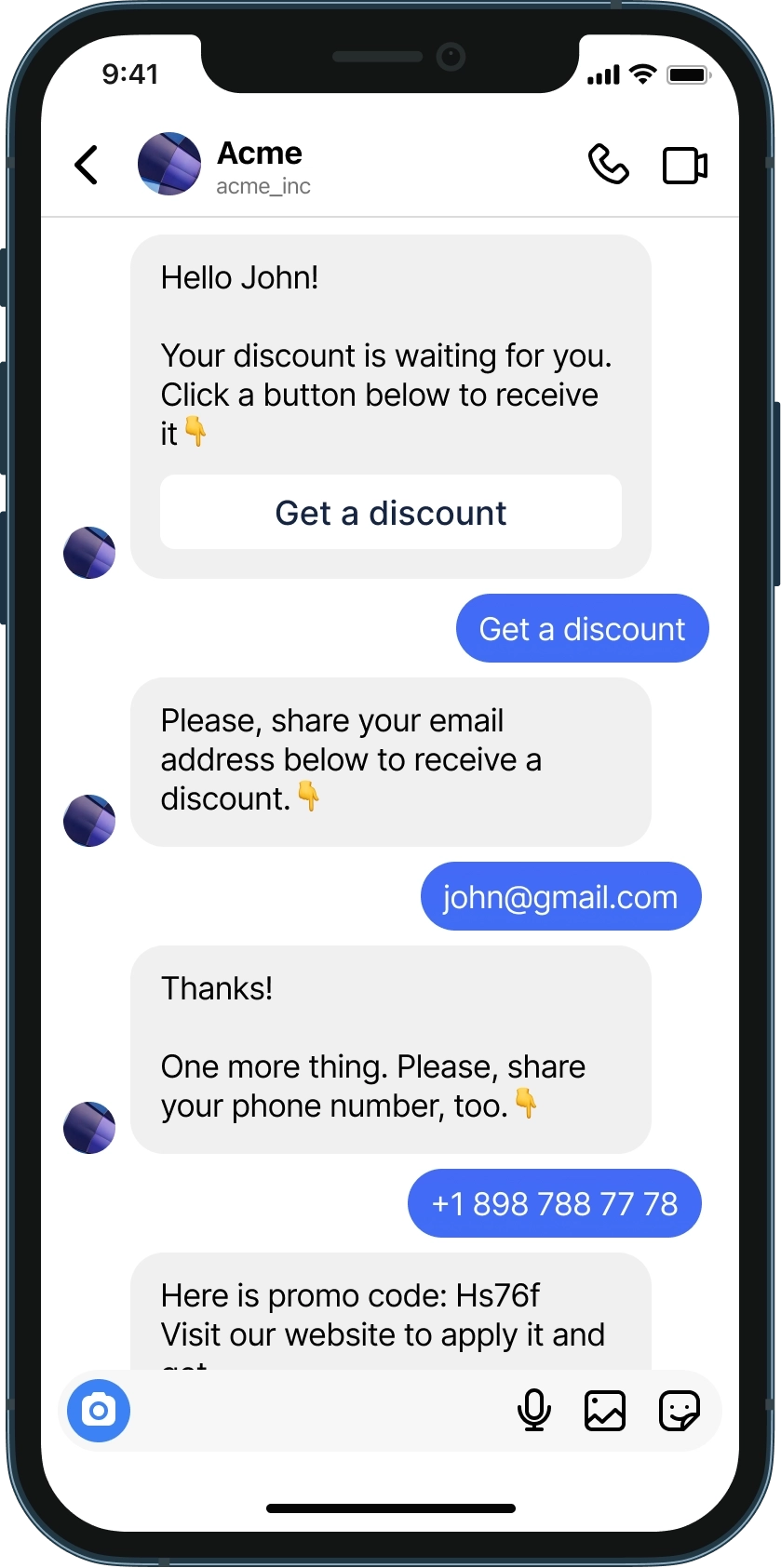
Live chat
This conversational marketing strategy involves a real person that’s talking to the customer. They answer their questions, help them make decisions, and ultimately bring in more sales and improve customer experience.
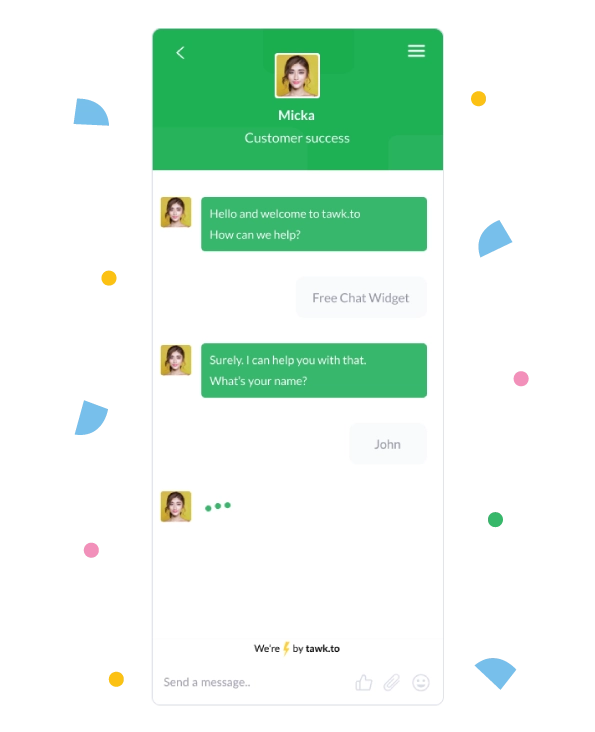
SMS
If a user decides to trust you with their phone number, you’re in luck. Texts are one of the best ways to engage with your customers. But for this to qualify as conversational marketing, it needs to be a 2-way conversation.
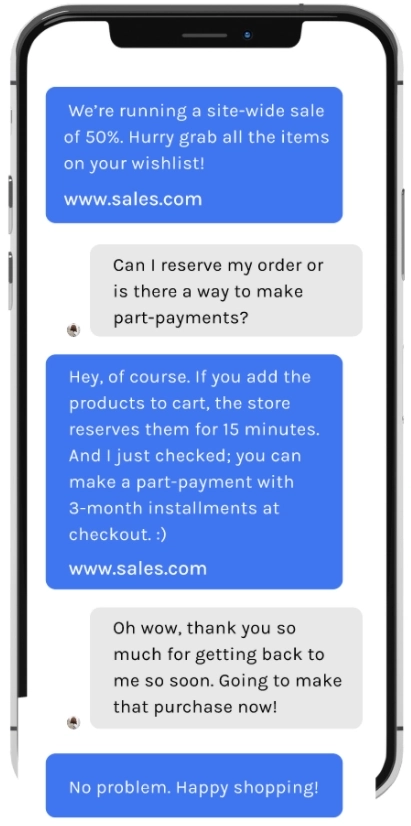
7 conversational marketing strategies
You can do conversational marketing in many ways. It’s important to test a few strategies and evaluate the results. Then, double down on what works best.
Here’re some of the best conversational marketing strategies you can implement today:
Study past customer support calls, chats, and emails to determine what their pain points are. By better understanding their needs, you can determine how to configure your chatbot flows or when to bring in a real person to talk to them.
Don’t forget to keep studying and collecting feedback. Make small changes as needed. Your progress will slowly compound over time.
Give your customers the option to ask for a live agent. This applies to chatbots in particular. This step is not always necessary. But sometimes, there’s no way around it. So, make sure that your chatbot flows have an out if the customer runs into any roadblocks.
There are a few ways to deal with roadblocks, such as sending them to your documentation page or asking them to send an email instead. But the best solution is to have someone join the chat in real time and take over the conversation.
Identify which conversational marketing platform works best for your brand and invest most of your efforts there. To get the biggest return on investment (ROI) from conversational marketing, you need to be present where your users are. And not only that but where they’re most likely to convert into customers. For a beauty brand, for example, that might be Instagram. For a moving company, it might be their website. Find out which one is for you and focus on it to see the best results.
Use chatbots for lead generation. What a lead generation chatbot does, is it collects customer information by asking them a series of questions. These questions are different from business to business. A real estate chatbot, for example, may ask what their budget is, what neighborhood they want to live in, and whether they’re already pre-approved for a mortgage.
Use a chatbot to qualify leads before sending them to sales. First, you’ll need to figure out what makes a good lead for your business. Then, you can design a chatbot that uses artificial intelligence to determine if a customer fits those criteria. If they do, you can immediately connect them to a salesperson or customer service rep. And if they don’t, you can politely turn them down or redirect them to solutions that might fit their needs better.
Conversational marketing benefits
The reason conversational marketing is becoming so popular is it brings many benefits. Let’s take a look at the biggest ones:
Productivity boost. Conversational marketing chatbots can free up 30% of the day for your support or sales teams.
Increased loyalty and repeat sales.52% of customers say they’re more likely to stay loyal to a company if they offer live chat.
More high-quality leads. As mentioned above, you can use chatbots to filter out low-quality prospects. Not only that, but they bring in a higher volume of potential customers since they’re running 24/7.
Higher connection rates with leads. According to studies, waiting just 5 minutes to respond leads to a 10x drop in connection rate.
To summarize, conversational marketing leads to fewer costs, more sales, and many other amazing benefits.
Conversational marketing tips
Here’re some quick-fire conversational marketing tips so that you can get the most out of it.
Train your team. Make sure team members talking with customers know what to say and how to help them.
Have documentation ready for your sales and support teams. It always comes in handy.
Analyze chatbot statistics frequently to identify roadblocks and anomalies.
Collect feedback. It’s the best way to identify what works and what doesn’t.
Conversational marketing examples
If you’re looking for some inspiration, here’re some real-life examples. See how other companies use conversational marketing in their business.
Tacobot uses chatbots to deliver high-quality leads to clients
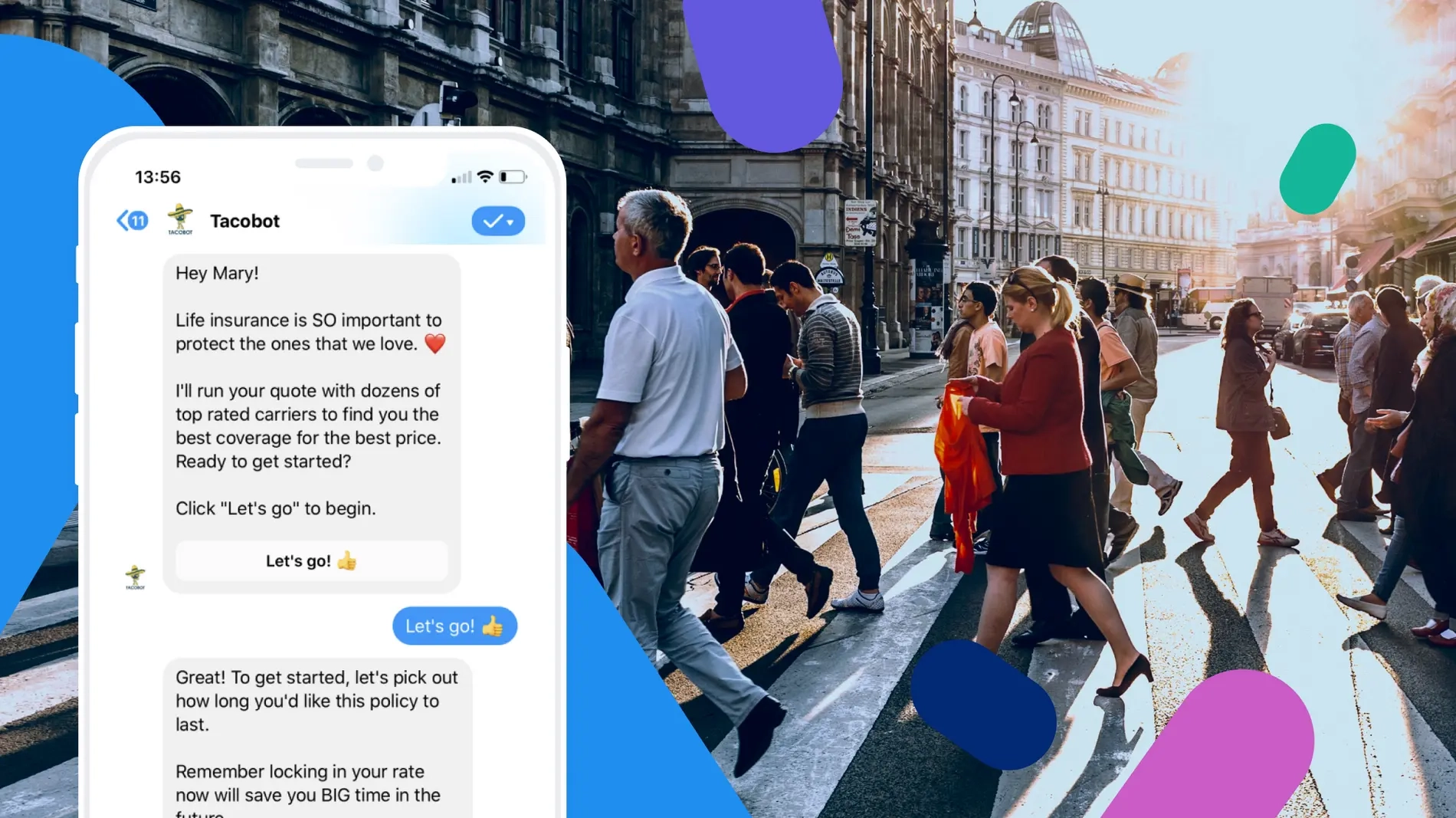
Tacobot is a US-based agency that focuses on lead generation for insurance and real estate companies.
But their approach is different. They help their customers generate leads by using a mix of chatbots, follow-up sequences, and retargeting ads.
The most common chatbots they build are for providing life insurance quotes, home/auto insurance quotes, and even calculators such as a rent calculator or a home-value calculator.
As a result, Tacobot’s chatbots bring in high-quality leads that cost only $2-5 for their insurance customers and under $10 for their real estate customers.
3D Mats uses conversational marketing chatbots to skyrocket sales
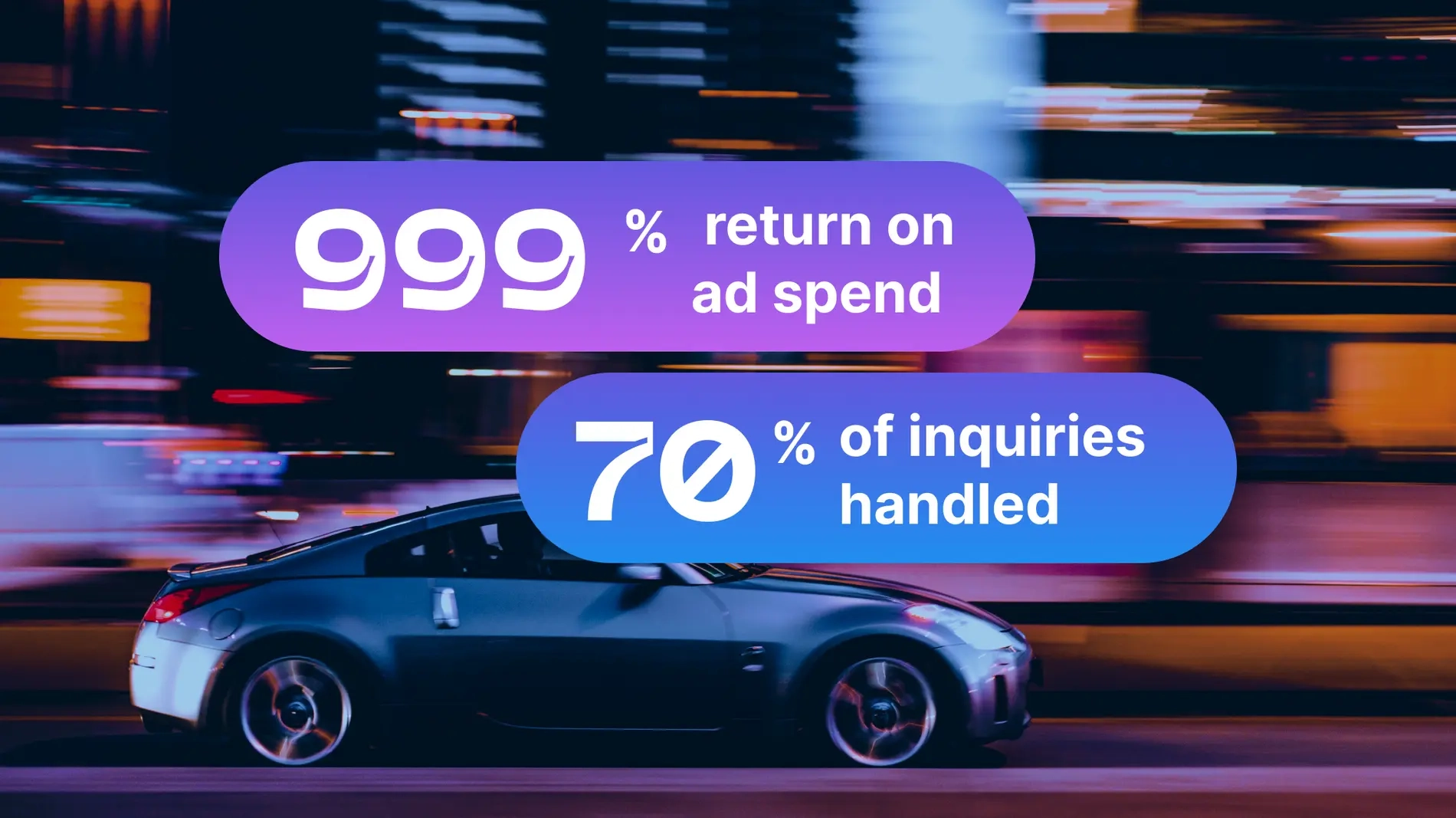
In this example, 3D Mats had a few problems they wanted to solve: free up their support team, increase advertising ROI, and boost sales.
To do this, they took a 3-pronged approach:
They built a chatbot to handle easy FAQs and recommend products based on customer questions and comments.
They built one that is directly connected with their ads that click to Messenger.
They exported Chatfuel’s user customer information and imported it into Facebook to build more effective lookalike audiences.
As a result, they reduced repetitive inquiries by 70%, increased the repeat purchase rate to 30%, and achieved a ROAS of 999% on their Meta ads.
Beauty brand uses chatbots and live consultations for product recommendations

Art & Fact is a great example of how inbound marketing can be done with a mix of chatbots and live interactions.
This beauty brand wanted to test their hypothesis of offering live consultations to their customers.
The process was simple:
Followers commented ‘I want a consultation’ on their post.
The chatbot sent them a DM.
They answered a few questions.
They chose a skincare professional and booked a consultation through Calendly.
And not only was all this automated, but it also took just 45 minutes to set it up.
As a result, they got 100 applications within 2 hours, which was their limit. 86 of those consultations resulted in a sale, and the other 200 applicants that weren’t fast enough, got a promo code.
Do you want to replicate what Art & Fact did? Or some of the other examples above?
The easiest way is by using our free chatbot templates. You can copy a pre-built chatbot, customize it, and have it up and running in just 5 minutes.
Conversational marketing with Chatfuel
If you’ve come this far, you’re probably on board with conversational marketing. And why wouldn’t you be? It brings excellent results, improves customer journey, and becomes more and more popular in all industries.
And if you’re looking to build a conversational marketing chatbot, we’ve got you covered.
Chatfuel is one of the biggest chatbot platforms in the world. We’ve got 7+ million customers, with small local businesses and household names like Netflix, Adidas, Visa, and others.
Sign up for a free Chatfuel trial now. The first 50 conversations are on us.
